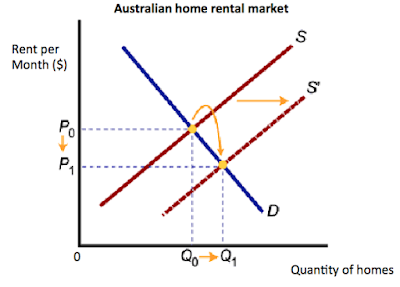The problem comes with the 'long run' part. Lots of people will be displaced from their current employment as comparative advantage does its work. They might be out of luck in moving into a country's expanding sector for its declining one. Politicians hate this as people who lose their job tend to blame governments.
Africa is one area where the benefits of free trade are yet to be fully realised. Despite a number of free trade and co-operative areas there are still significant barriers to trade. A favorite tactic is to replace lower tariff barriers with higher non-tariff barriers.
A non-tariff barrier is a regulation. For example a safety standard which means firms have to spend money to alter their product before it can be sold in the country. This raises the price and so favours local producers. There are many possible non-tariff barriers and bringing down one of them can lead to two more being set up.
The Economist covers moves to try to reduce Africa's trade barriers ans so encourage more intra-African trade. Presently Africa trades more with the rest of the world than it does internally. While this is partly down to poor infrastructure it is also due to high tariffs and other barriers to trade.
The Economist article is here
This article is of most use to IB Economics students who study trade in some depth. However VCE students can benefit from the application of trade theory and policy and its link to the standard of living.







